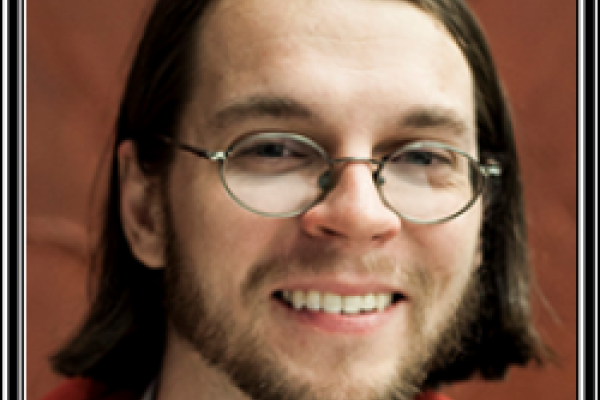
Advances in laser technology and other technical achievements have enabled the creation of laboratory plasmas that reach stellar temperatures at near-or-above solid densities for the first time. I will describe a few recent, on-going and planned experiments in this category, often called High Energy Density Physics (HEDP), that myself (using theory/simulation) and others at Ohio State University are investigating. Although located at radically different facilities, these experiments are united by the common goal to better understand both the conditions for laser fusion and the properties of matter at these high temperatures. Along these lines, I will overview my work on so-called "fast ignition" fusion, and I will discuss my collaborations with different teams working to test theoretical models of x-ray opacities. Experiments in this latter category are interesting in their own right as they may help resolve an outstanding issue in solar astrophysics. Finally, I will mention my recent work with the “Extreme Light” team at the Air Force Research Laboratory in Dayton, Ohio, where analysis of electron trajectories in Particle-in-Cell simulations indicates a highly efficient and possibly new mechanism of electron acceleration in laser fields.
